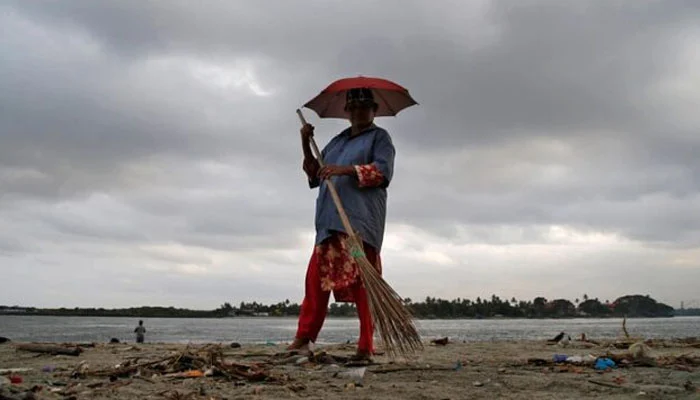Monsoon rains commenced along the coast of Kerala, India’s southernmost state, on Saturday, a full eight days ahead of their typical schedule. This marks the earliest arrival in 16 years, bringing the prospect of a bountiful harvest and relief from a severe heatwave.
The monsoon, which is crucial to India’s $4 trillion economy, supplies nearly 70% of the rainfall essential for irrigating farms and replenishing vital aquifers and reservoirs. Close to half of India’s agricultural land, lacking any dedicated irrigation infrastructure, relies entirely on these annual June-September rains for cultivating various crops.
Typically, summer rains start to deluge Kerala around June 1, subsequently spreading across the entire country by mid-July. This allows farmers to commence planting staple crops such as rice, corn, cotton, soybeans, and sugarcane.
The India Meteorological Department (IMD) confirmed on Saturday that the onset of the southwest monsoon over Kerala on May 24 is its earliest initiation since May 23, 2009.
The IMD reported that the monsoon has now enveloped Kerala and extended into parts of the neighboring states of Tamil Nadu and Karnataka, as well as portions of the northeastern state of Mizoram.
Conditions are favorable for the monsoon’s continued progression into Goa, sections of Maharashtra, Andhra Pradesh, the remaining northeastern states, West Bengal, and the rest of Karnataka and Tamil Nadu over the next two to three days.
Ashwini Bansod, vice president for commodities research at Phillip Capital India, a Mumbai-based brokerage, noted that abundant pre-monsoon rainfall and an early monsoon onset will enable farmers, particularly in the southern and central states, to sow their summer crops sooner than usual.
“Ample soil moisture and early sowing could potentially boost crop yields,” Bansod added.
Last year, the monsoon arrived on the Kerala coast on May 30, and the overall summer rains were the highest since 2020, significantly aiding recovery from a drought experienced in 2023.
The IMD had previously forecast above-average monsoon rains for 2025, marking the second consecutive year of such predictions.
The department defines average or normal rainfall as falling within the range of 96% to 104% of an 87 cm [35 inches] 50-year average for the four-month monsoon season.



